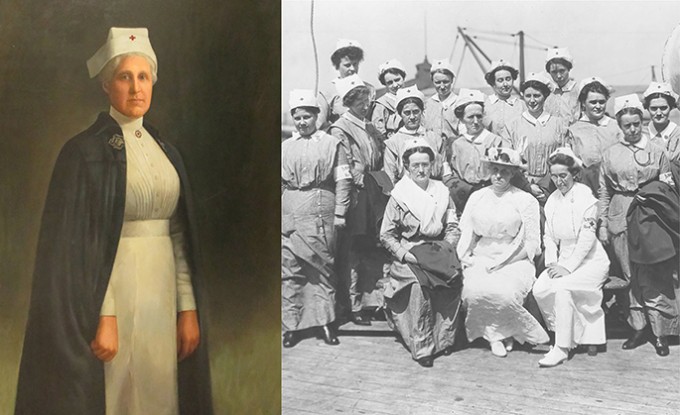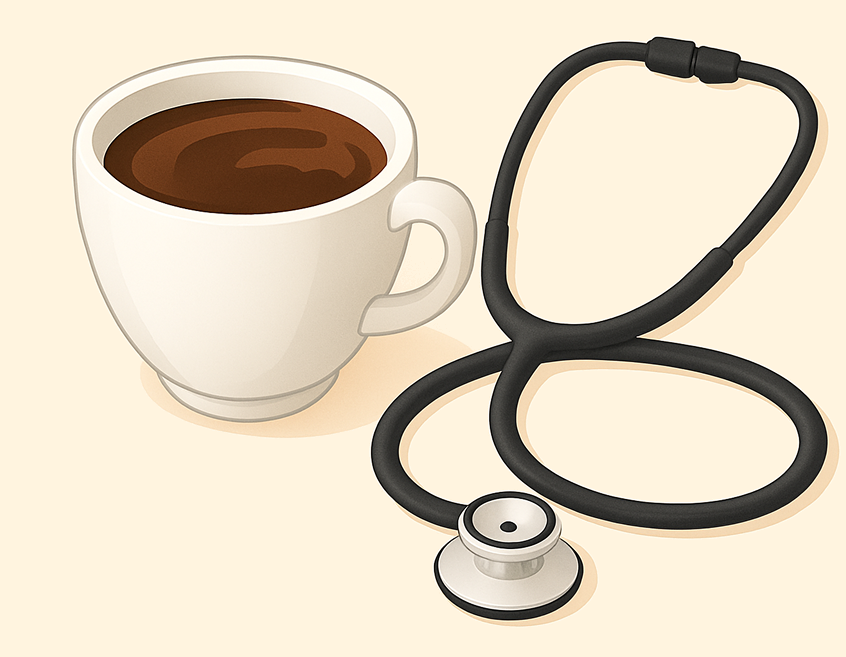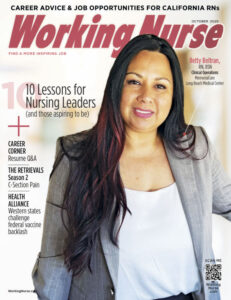Profiles In Nursing
Jane Delano (1862-1919), Champion of the American Red Cross Nursing Service
Recruiting and training nurses to serve in war and peace

Jane Arminda Delano found her calling as a nurse and a volunteer with the American Red Cross, helping to recruit thousands of nurse volunteers for World War I and to bring desperately needed healthcare to rural America.
Yellow Fever
Born in Townsend, N.Y., in 1862, Jane Delano was the descendant of an English colonial family and the daughter of a Union soldier who died of yellow fever during the Civil War. Delano attended a Baptist boarding school, and in her 20s, moved to New York City to attend Bellevue Hospital Training School for Nurses.
She later said her reason for becoming a nurse was nothing “romantic or sentimental,” declaring simply, “I think the nurse’s profession is a fine one, and I like it.” Upon graduating in 1886, Delano dove into her role as a nurse, moving to Jacksonville, Fla., to treat patients with yellow fever, the same disease that had killed her father during the war.
She instituted innovative ideas such as putting mosquito nets around patients and window screens in the sleeping quarters. (At the time, it hadn’t yet been proven that mosquitoes carry disease.) Delano then moved to Brisbee, Ariz., where she treated copper miners suffering from typhoid fever. After three years in Arizona, she moved back East, where she accepted a position as superintendent at a nursing school in Pennsylvania.
The Army Nurse Corps
In 1898, the United States went to war with Spain over Cuba and other Spanish possessions in the New World. The Spanish-American War was the first major U.S. conflict in which American nurses were assembled as a unit. It was also the initial time the American Red Cross mobilized to aid the sick and wounded. During the conflict, Delano served as secretary of enrollment for the Red Cross’s New York chapter.










